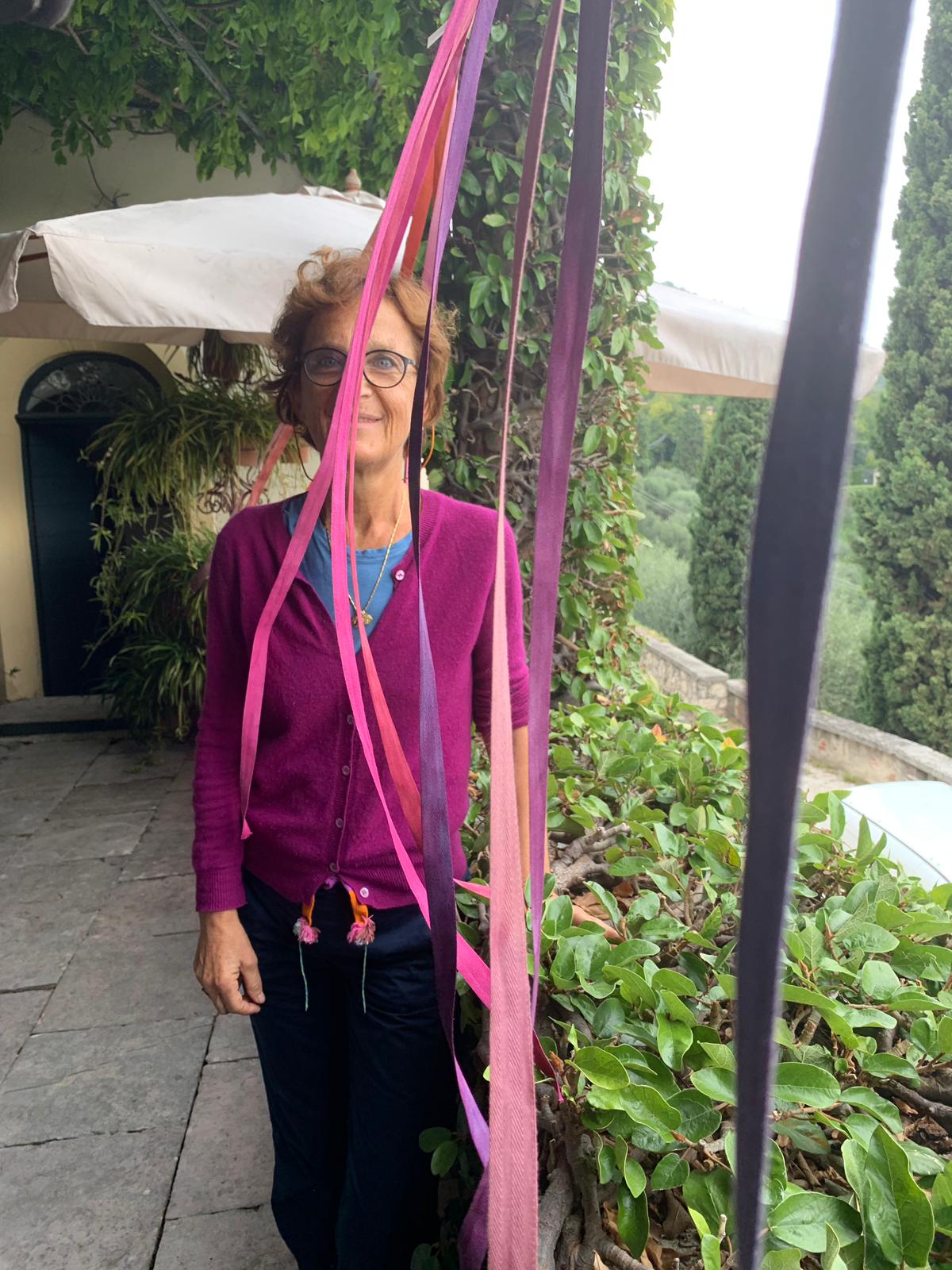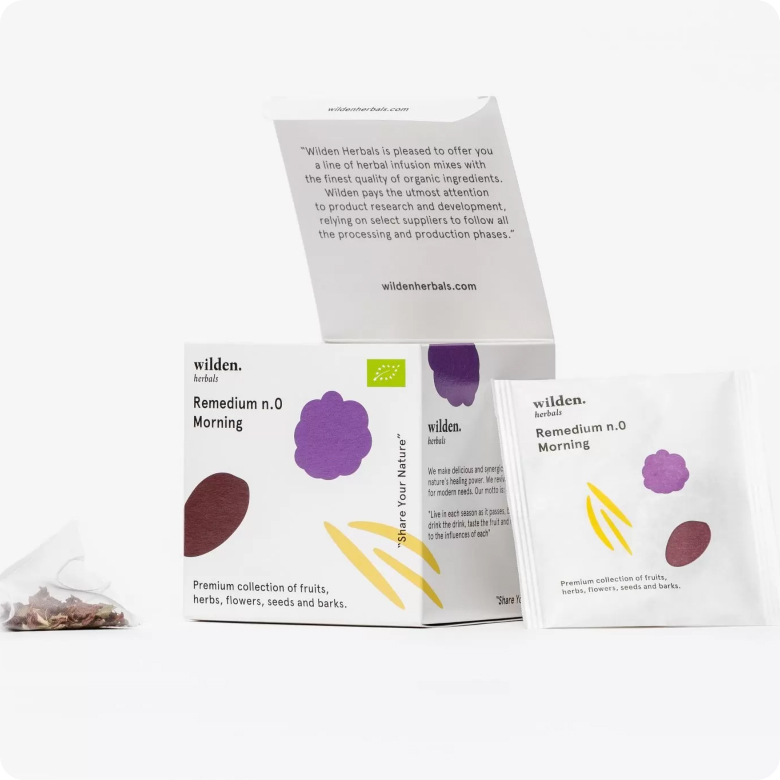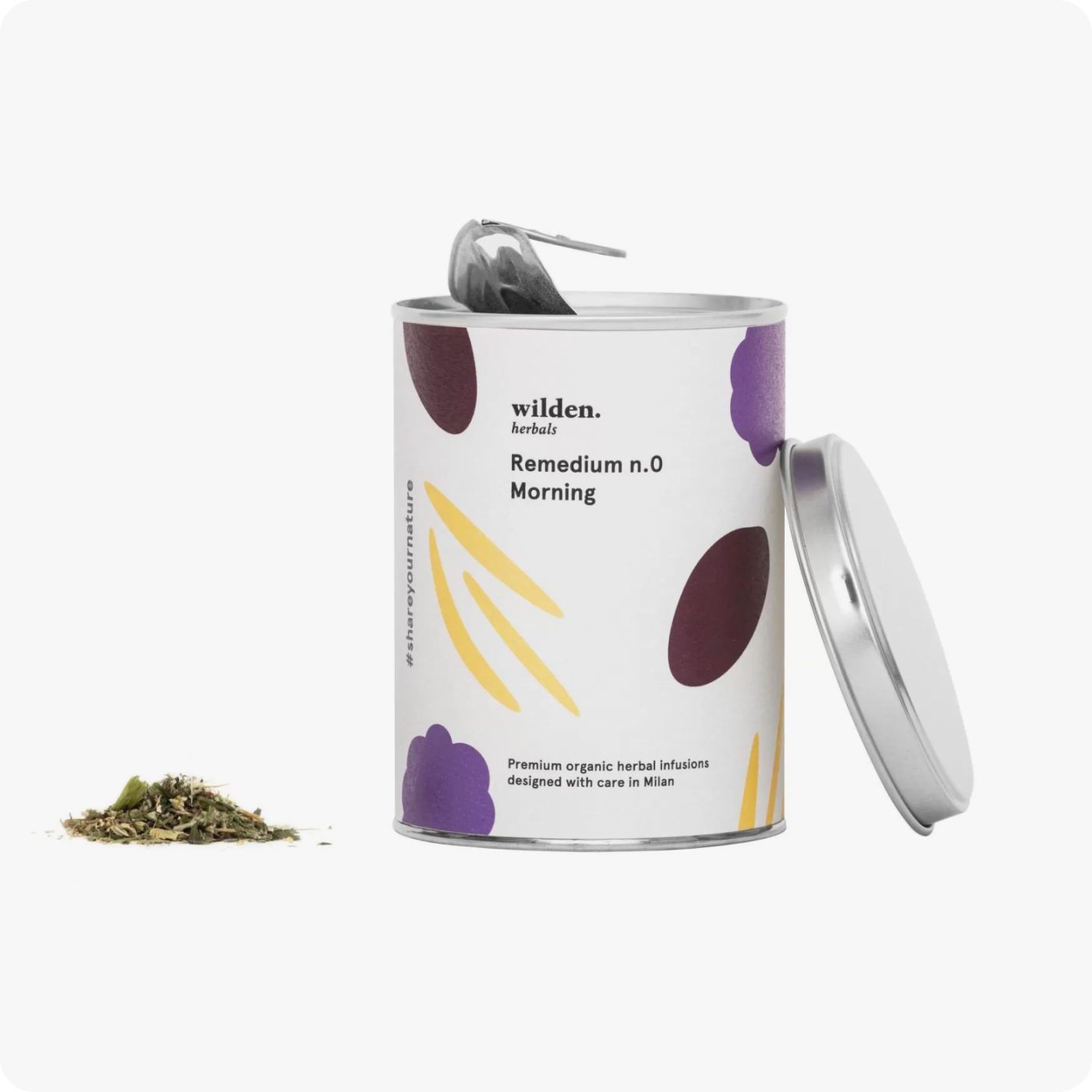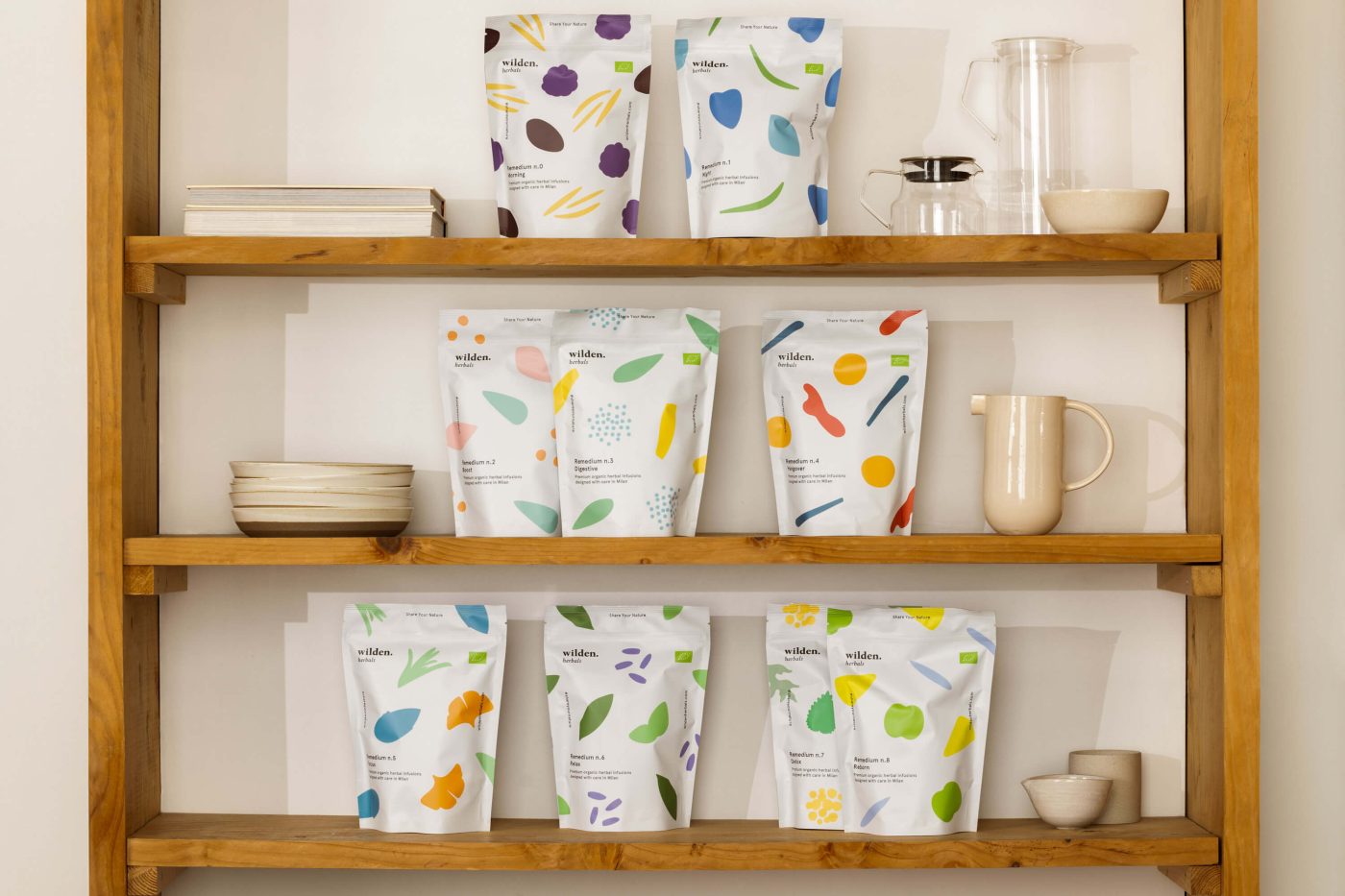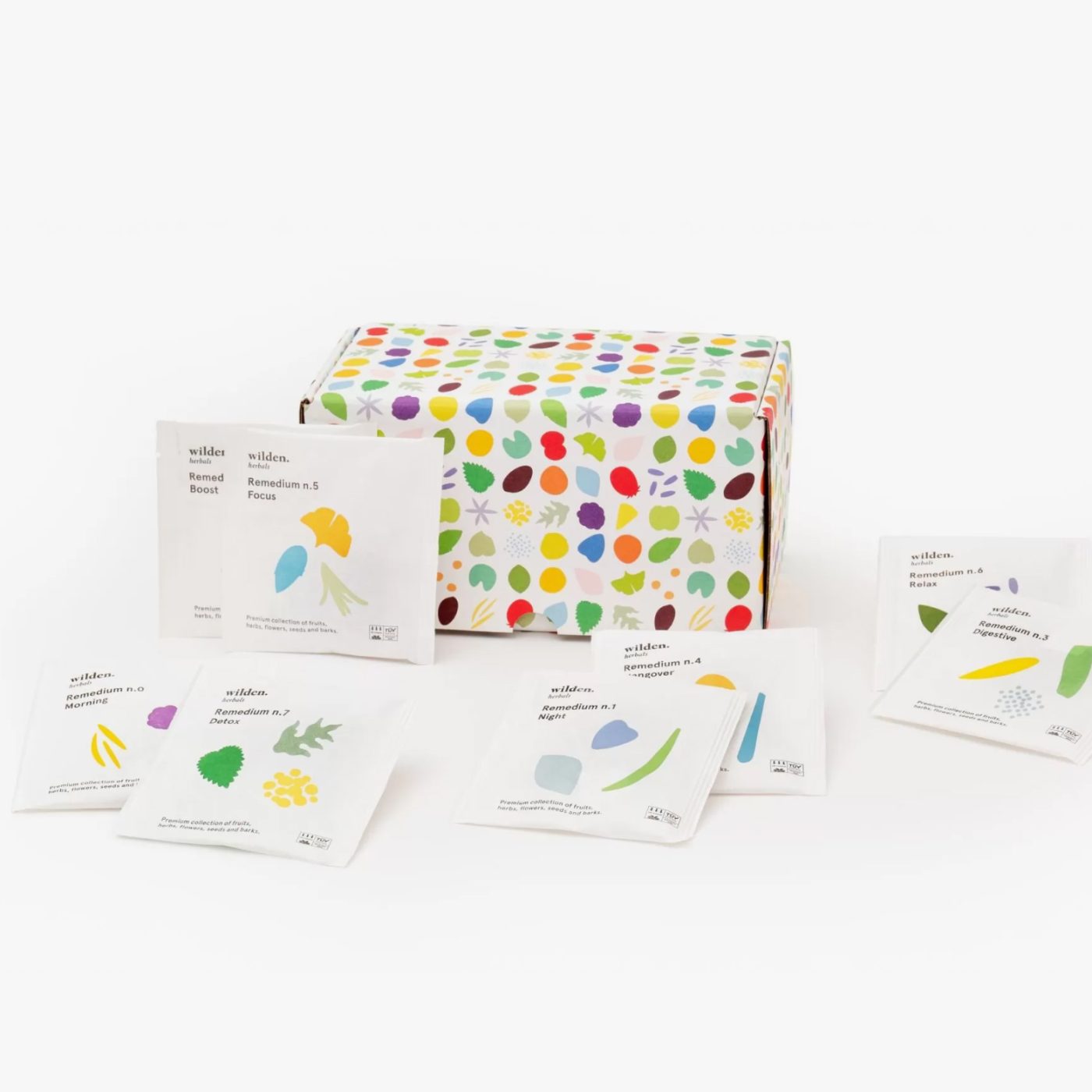Wilden.herbals meets / Interview with Paola Barzanò
The Wilden.fabrics collection is enriched with new products. Researching the values of the past, respect for the environment and a desire to convey the energy of nature characterize the new textile accessories by Paola Barzanò, an architect, artist and master of natural coloring.
Partire dalle tradizioni, osservare e poi sperimentare per andare verso un futuro sostenibile: questa è la filosofia delineata da Paola Barzanò, bio-architetta e insegnante di Color Science and Sustainability al Polimoda di Firenze, che collabora con noi di Wilden. Potresti, infatti, aver già riconosciuto questo nome se avevi letto gli articoli a lei dedicati in cui raccontavamo la nostra prima collaborazione o il suo metodo di lavoro.
Oggi abbiamo chiacchierato con Paola Barzanò per approfondire le idee e la metodologia che l’hanno guidata nella progettazione dei nuovi accessori tessili che abbiamo lanciato in anteprima al pop-up store di Rinascente Milano e che adesso puoi trovare anche nel nostro shop online.
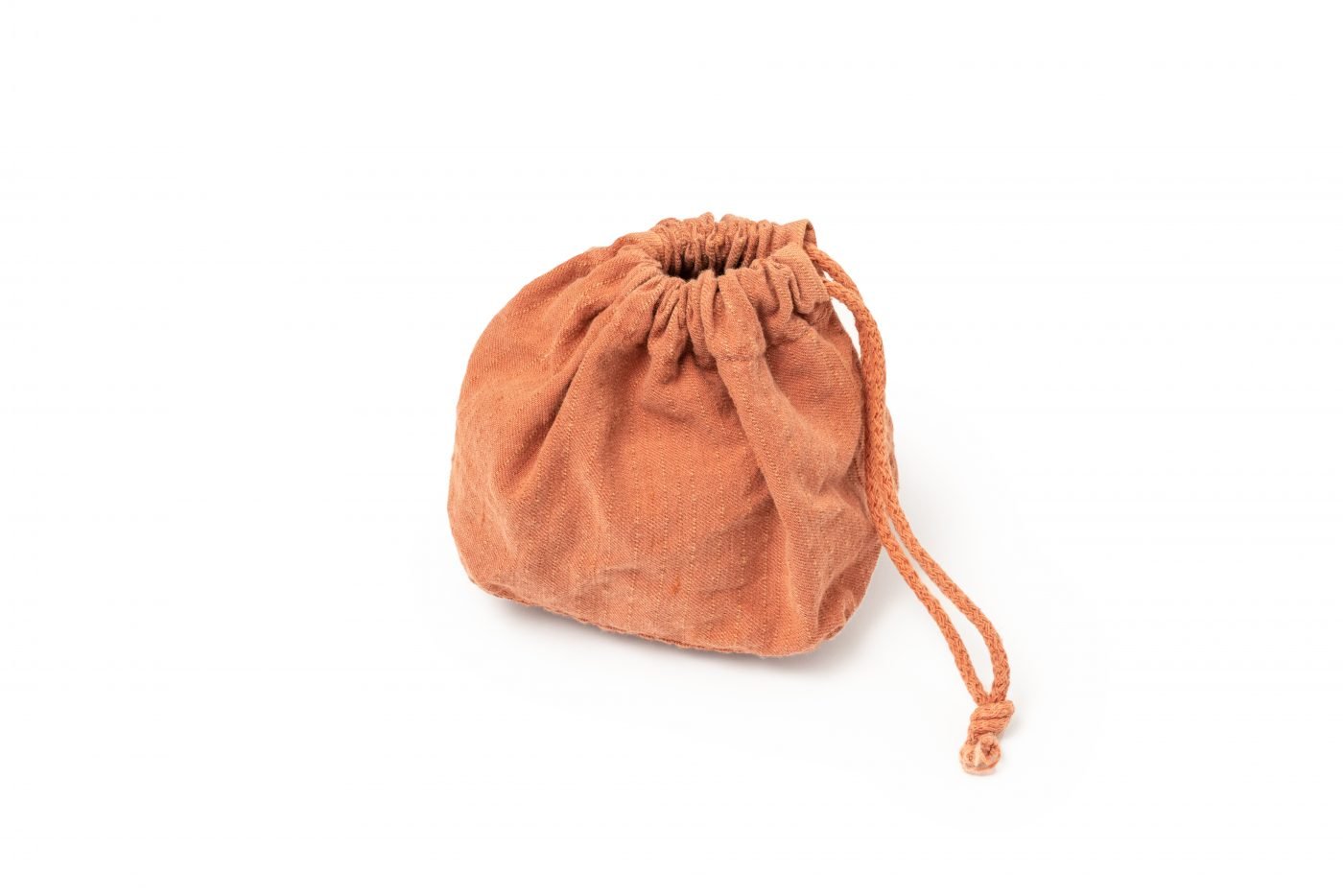
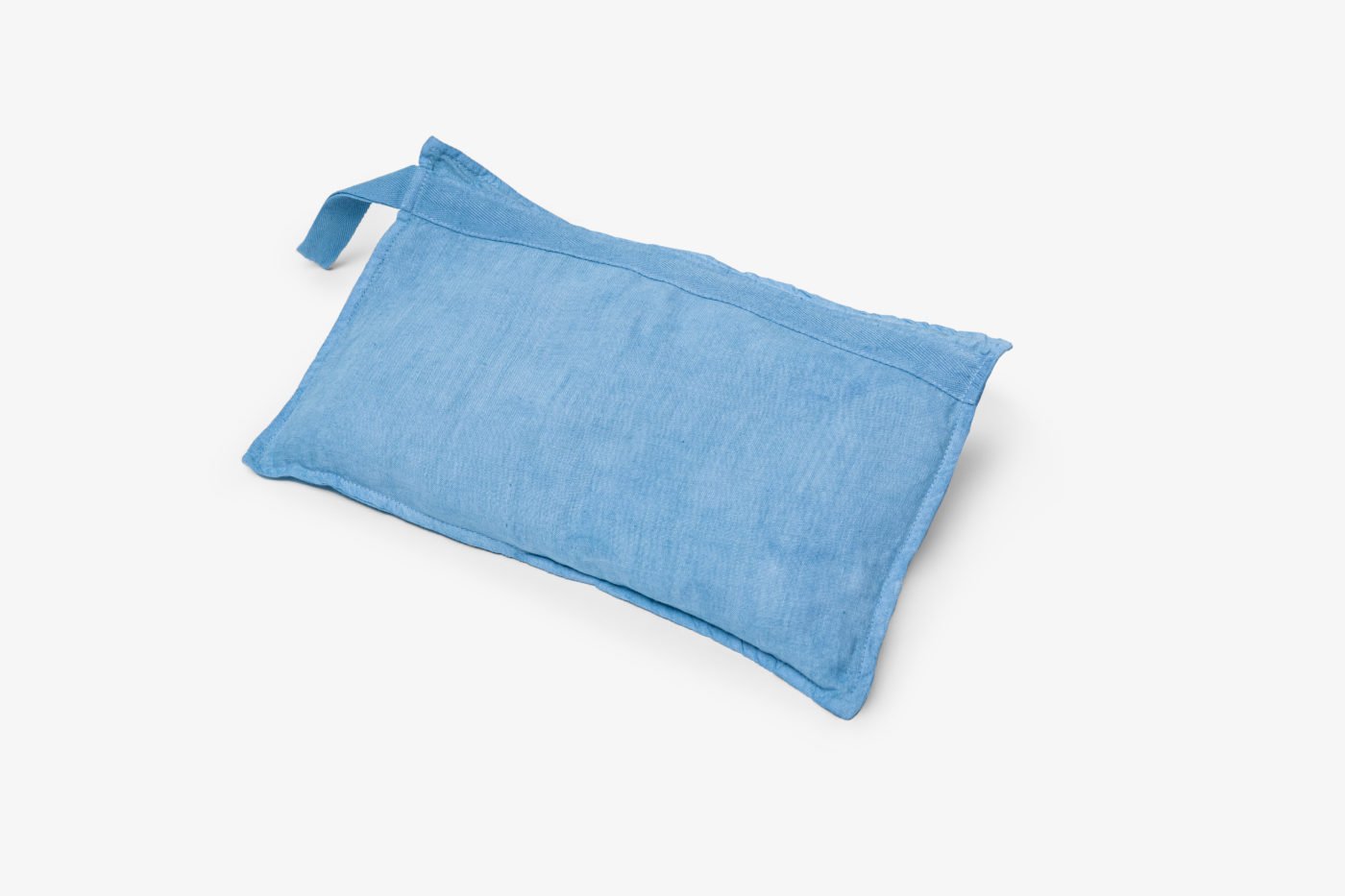
Highlighting the evolution of the new Wilden.fabrics products is a precise choice of colors.
Yes! These are always colors from natural pigments. They are colors that I experimented with in the course of new research. Because you never stop discovering the beauty of colors that come from nature.
You should know that synthetic colors are young with respect to color history: the first synthetic molecules were discovered in the second half of the nineteenth century. What about before? In the previous centuries, not to say millennia!, there was nothing but natural colors!
Through natural colors we recover a connection between nature and human beings. We perceive natural colors in a profound way since we recognize them as something that belongs to us biologically.
This choice has a strong impact: emotional and environmental.
Emotional because everything from nature creates a strong and vibrant connection. Environmental because choosing these colors means making a sustainable choice.
Natural colors come from renewable resources or waste and, unlike synthetic colors, do not come from fossil sources. Water and energy for dyeing are used sparingly. This path leads to the creation of a sustainable product.
Materials, colors and process: how did these new textile accessories come about?
Let’s start with the materials: organic cotton, hemp, and linen, materials from our textile tradition with cutting-edge strength and thermoregulation performance and affinity for natural colors.
For dyeing first, we prepare the fabrics to receive the color through a bath with tannins and salts, which is called staining. Color extraction is mainly by decoction. The etched material is then immersed in the color bath and then dyed at specific times and temperatures according to the different colors.
It is a very ancient process dating back to cavemen. From colors of mineral origin to colors of plant origin, man has inherent the need to surround himself with color and beauty.
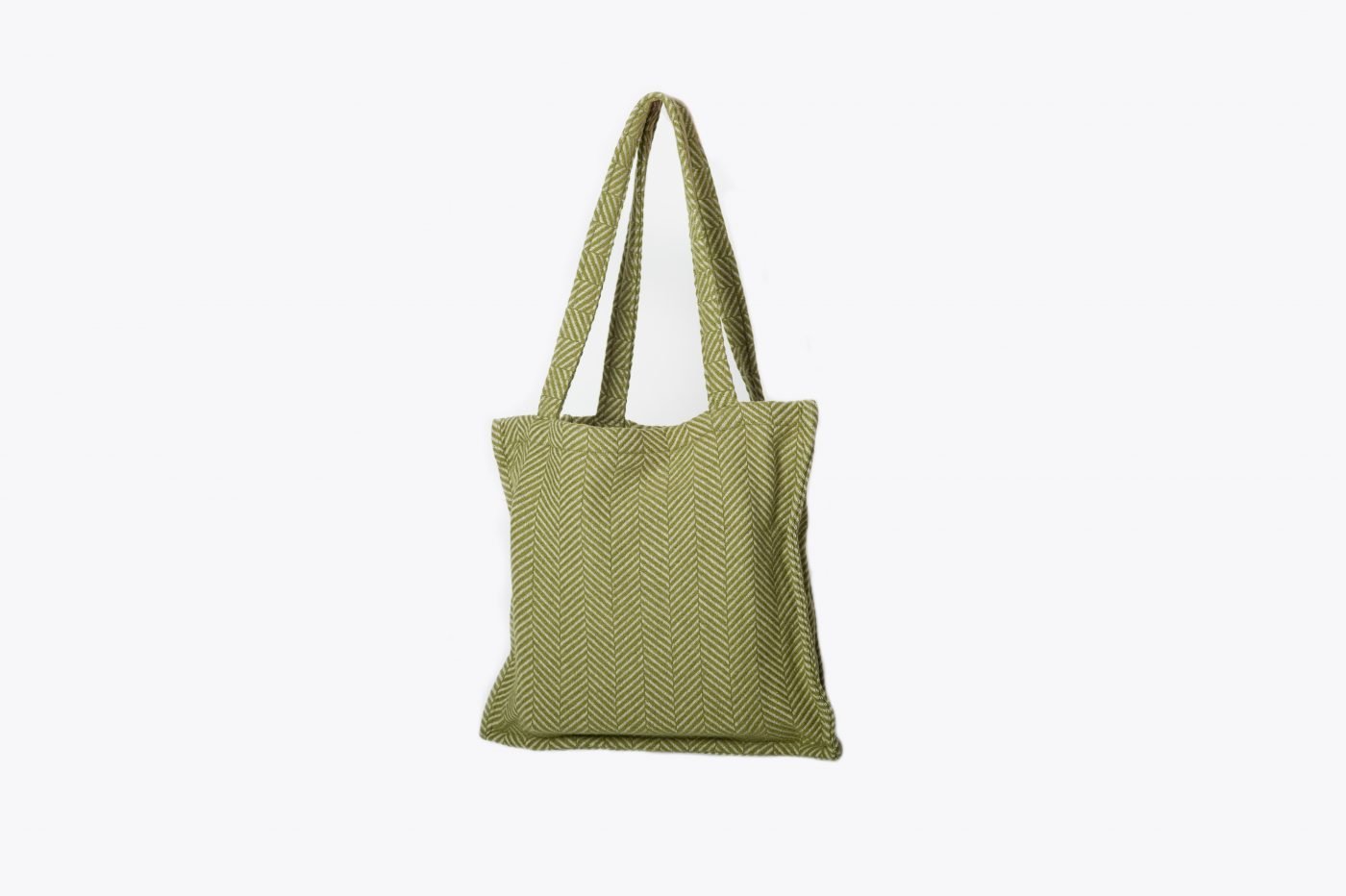
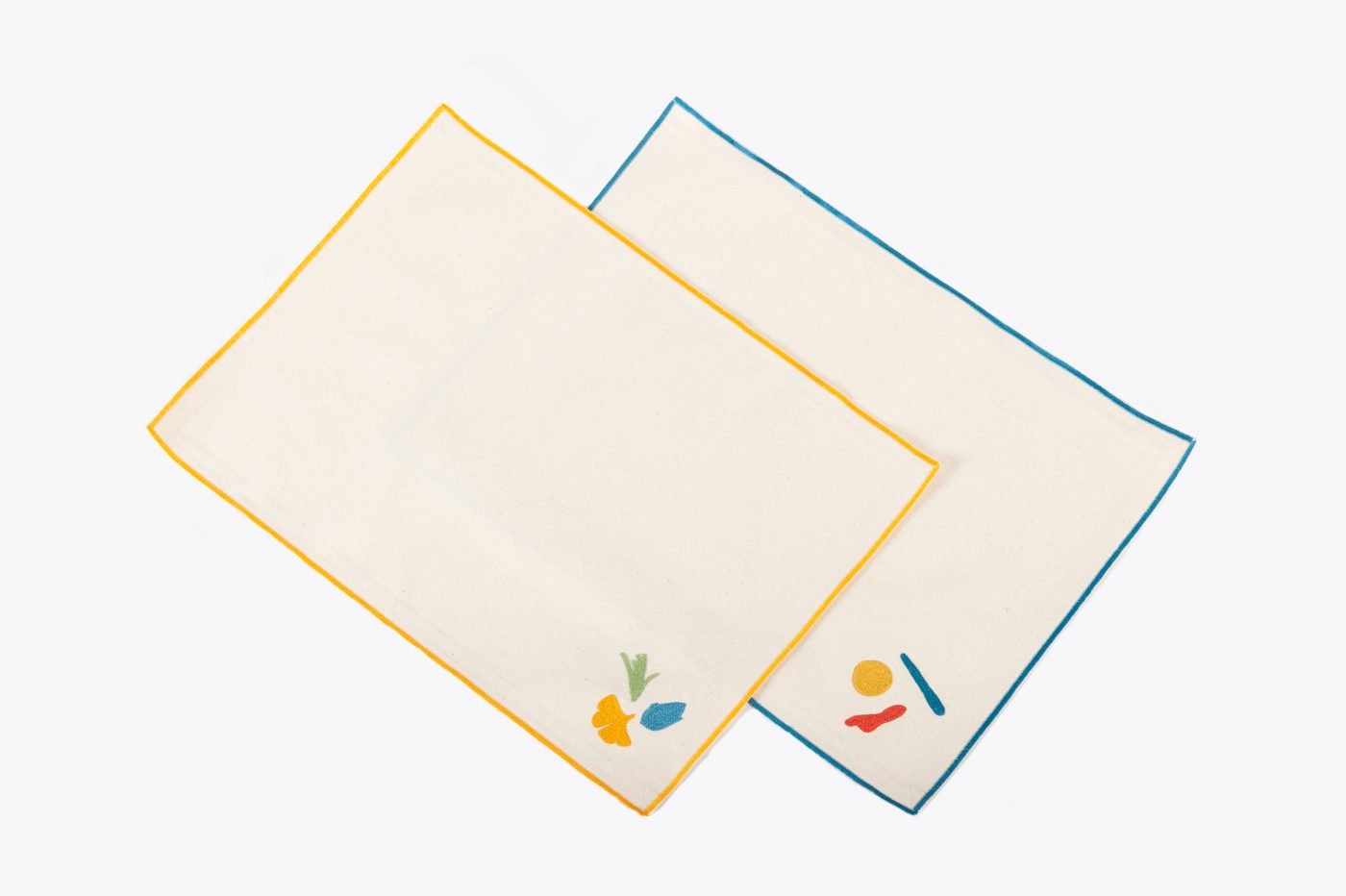
Tell us about your relationship with this approach to color.
I started using natural colors many years ago and have never stopped. It’s an ever-evolving field that used to be niche and now finally has a wider range of interest, even in industry.
Research is always active, including through constant comparison through an international network of friends and colleagues. Even the fashion industry today is beginning to deploy resources dedicated to research and development of new technologies that move in this direction.
How do your creations tie in with the world of Wilden?
Our philosophy is the same: we need to question tradition, rediscover it and update it to bring it into the future. It is a key and a way of working that links me deeply with Wilden: recovering techniques from the past and using them in a contemporary context.
